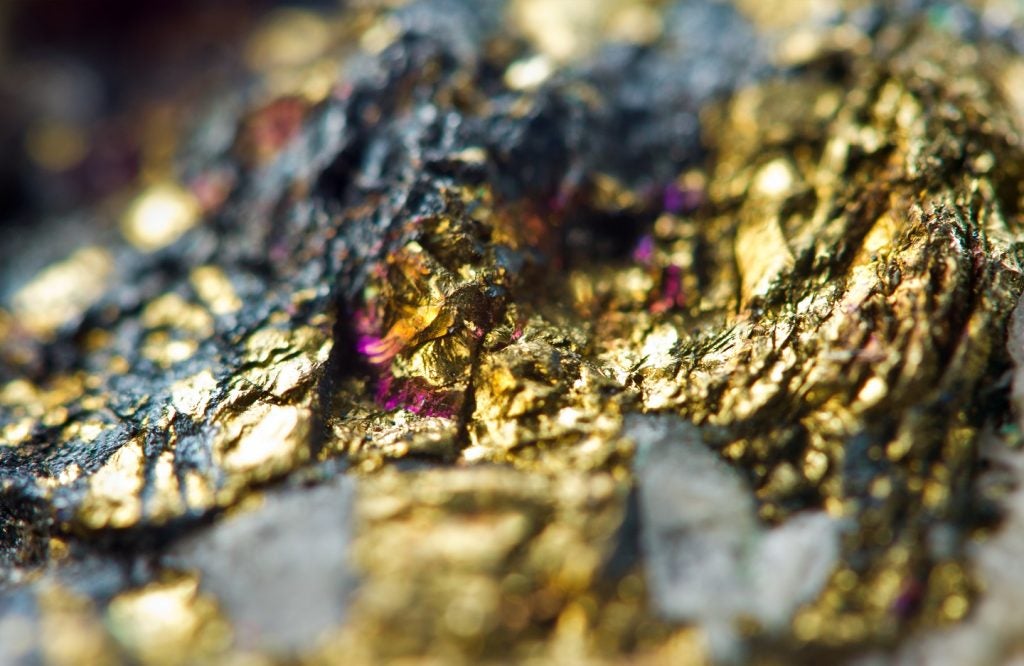The Yukon Government in Canada has confirmed elevated cyanide levels in a waterway near Victoria Gold’s Eagle Mine in the Yukon Territory, reported Bloomberg News.
This follows an equipment failure and subsequent landslide at the mining site last week.
Yukon Mining Minister John Streicker was cited by the news agency as saying to local media that concentrations of cyanide were detected in a creek near the mine site. This "could potentially affect fish".
The remarks come shortly after Victoria Gold reported no elevated cyanide levels downstream of its property.
In a press statement, the company said: “With respect to environmental mitigation, within hours of the incident a pumping system was established to return water from the HLF [heap leach facility] material to lined containment ponds. Diversion systems have also been installed for the management of both non-contact and contact water and material.
“To date, continued environmental surface water quality sampling at multiple points downstream of the property has not detected any cyanide.”
Operations at the Eagle Mine were halted last week due to a heap leach failure.
Victoria Gold said that the mine's production would remain suspended.
Additionally, the company has received notices of default from its lenders under a credit agreement established in 2020.
The Eagle mine forms part of Victoria Gold’s Dublin Gulch Property in central Yukon Territory.
Covering an area of approximately 555km², the Dublin Gulch Property also includes the Olive gold deposits.
The Eagle Gold Mine produces gold from a conventional open-pit operation. It comprises a three-stage crushing plant, in-valley heap leach and carbon-in-leach adsorption-desorption gold recovery plant.









